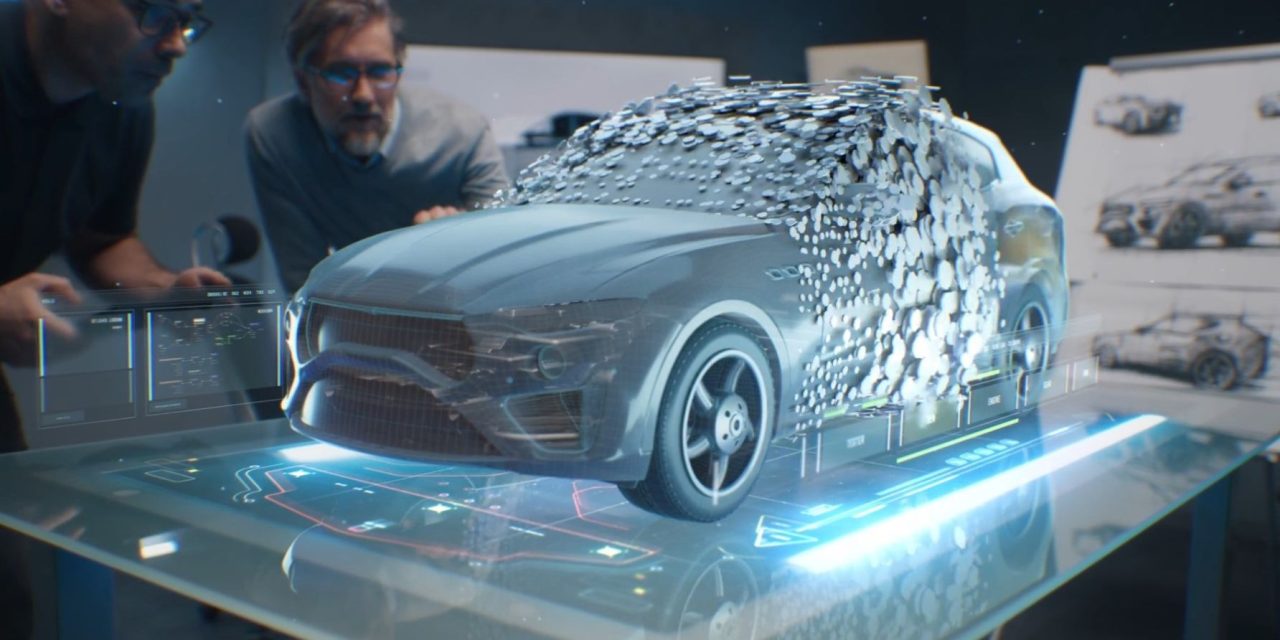As many original equipment manufacturers (OEMs) turn to electric vehicle (EV) product lines, Contechs, an automotive design and engineering leader, is adapting its services to meet the new EV demands on traditional automotive technologies, such as body structures and chassis.
Some key EV demands that Contechs is preparing for includes vehicle range, speed to market, packaging, safety, architecture, and manufacturing costs. Contechs’ overriding strategy extending vehicle range and compressing speed to market are explored in this article.
Vehicle range:
A key decision for customers choosing BEVs is vehicle range from a full charge. Whilst the development of battery density has played a significant part in increasing BEV range, the importance of vehicle efficiency remains a critical area of vehicle development.
Contechs has identified three primary areas affecting vehicle efficiency: powertrain efficiency, aerodynamic drag, and vehicle mass.
Traditionally, body and chassis engineers have focused efforts on reducing mass in internal combustion engine (ICE) vehicles to improve vehicle efficiency and performance. Contechs is taking a new novel approach for EVs to optimise body and chassis systems.
Due to the efficiency of EV motors and regenerative braking, aerodynamic performance becomes a more significant factor than mass in EVs, if range is the primary consideration. Based on internal vehicle simulations for an EV SUV, a reduction of 0.1 Cd (a measurement of aerodynamic drag) resulted in the same range improvement as a mass reduction of 560Kg.
Whilst body and chassis development to reduce mass continues to be important, the priority shifts to enabling a reduction of aerodynamic drag if EV range is the primary focus. This shift in focus will balance the highest engineering development value for money for range optimisation.
Boat tailing, wheel and brake geometry, panel sealing, and powertrain cooling are key areas to reducing CdA. Engineering development of smaller structural sections, alternative load paths and closed wheels, even at the expense of weight, will also support aerodynamic optimisation.
The advantages of composite materials, which Contechs has vast experience in delivering, are now being used to enable aerodynamic improvement through thin structures, deep draw geometry and optimised stiffness. Advanced aluminium alloys and high strength steel materials have closed the mass delta to composites, so these materials must be used in combination, in the correct application and area of the vehicle. Contechs is currently working with several OEMs, at a complete vehicle level, to bring these methods to market.
Speed to market:
Speed to market has been a critical consideration for Contechs to meet compressed OEM timing plans.
By utilising early vehicle simulation, topology and AI generative models to accelerate the development process, Contechs is researching new ways to meet compressed timing plans. Traditional methods in body and chassis involve long lead time CAE simulations and physical prototypes, resulting in traditional development cycle times. Topology simulations and Deep generative models driven by Large Language Models allow body and chassis engineers to generate over 100 iterations per minute, optimising performance under multiple inputs.
Contechs believes machine learning algorithms will play a pivotal role in optimising designs and is investigating how to implement these technologies on future projects. These algorithms analyse vast datasets to learn how to consider factors such as material properties, package, crash, and structural performance. By identifying patterns and correlations within previous body and chassis data, AI software can quickly generate optimised and unconventional concepts that meet safety and performance standards while minimising cost and material usage. Engineers who have this tool available can reduce the number of engineering iterations needed to deliver a vehicle programme. By identifying issues early in the design phase, Contechs can reduce engineering change and mitigation cost, which exponentially increases through each development gateway.
Collaboration between Contechs engineers and AI software developers is progressing at pace in a series of interactive development milestones. Developing custom machine learning software tailored to the specific OEM needs for EV body structures and chassis is determining the true effectiveness of the technology. Additionally, Contechs’ continuous learning and large data sets ensure that AI systems evolve alongside the rapidly changing landscape of electric vehicle requirements.
Summary:
Contechs is adapting to meet new EV demands on traditional automotive technologies through a range of strategies and key technology enablers. These strategies and enablers will be explored further within packaging, safety, architecture and manufacturing costs in future articles.
Operating as a strategic partner to the automotive industry, Contechs provides innovative design and engineering services to global OEMs, from concept to production. With offices in the UK, Germany, India and the USA, Contechs is a global business and has remained at the forefront of the automotive design and engineering industry for over 25 years.



